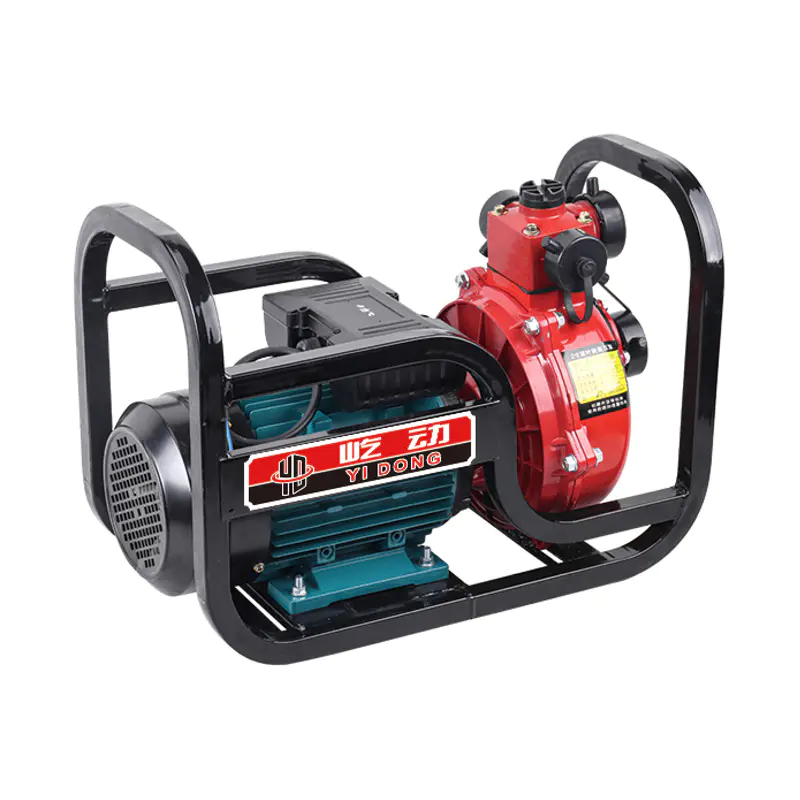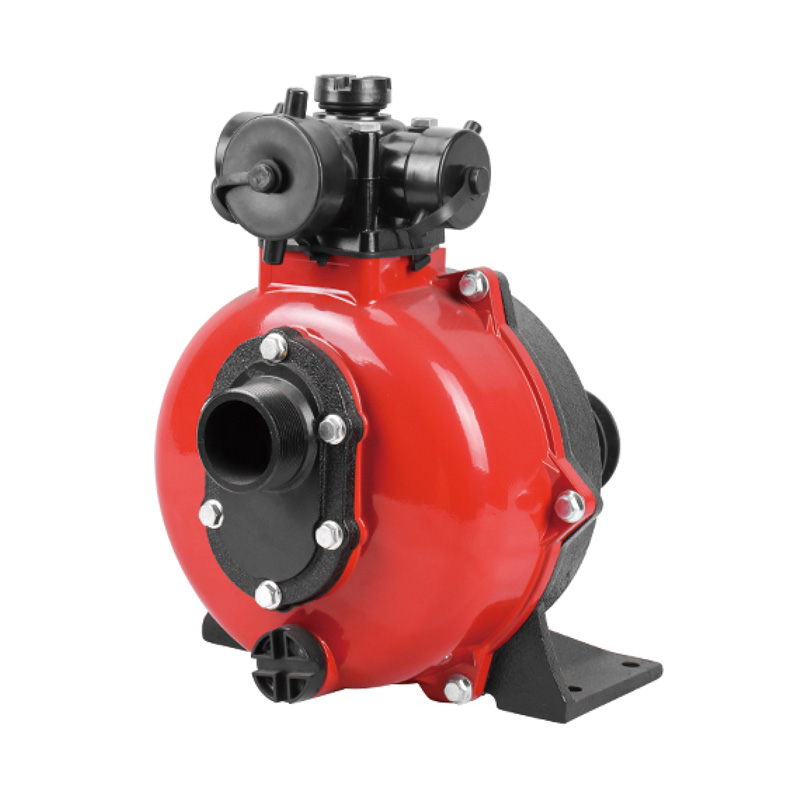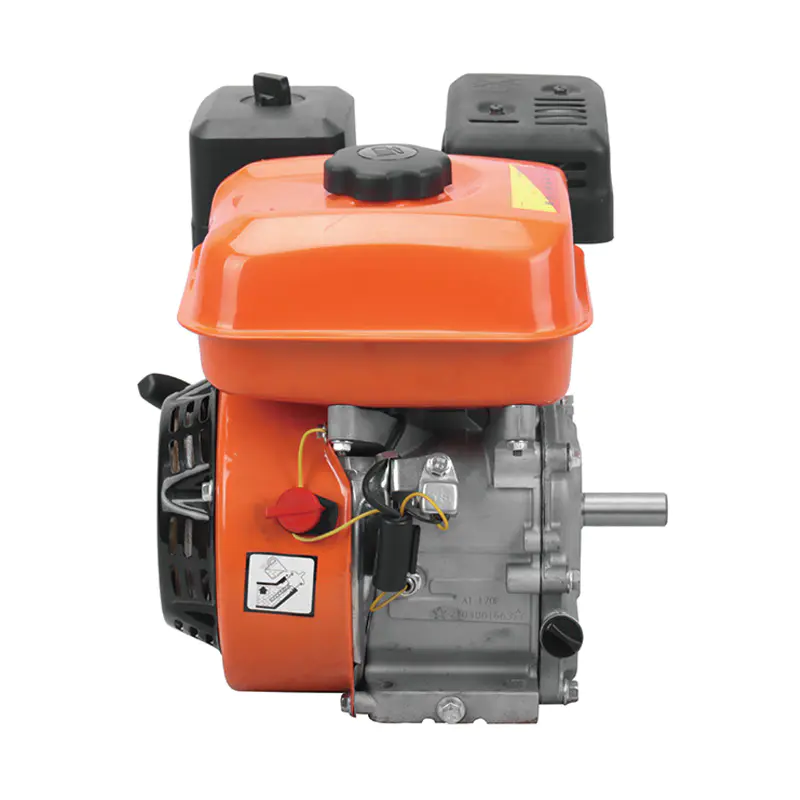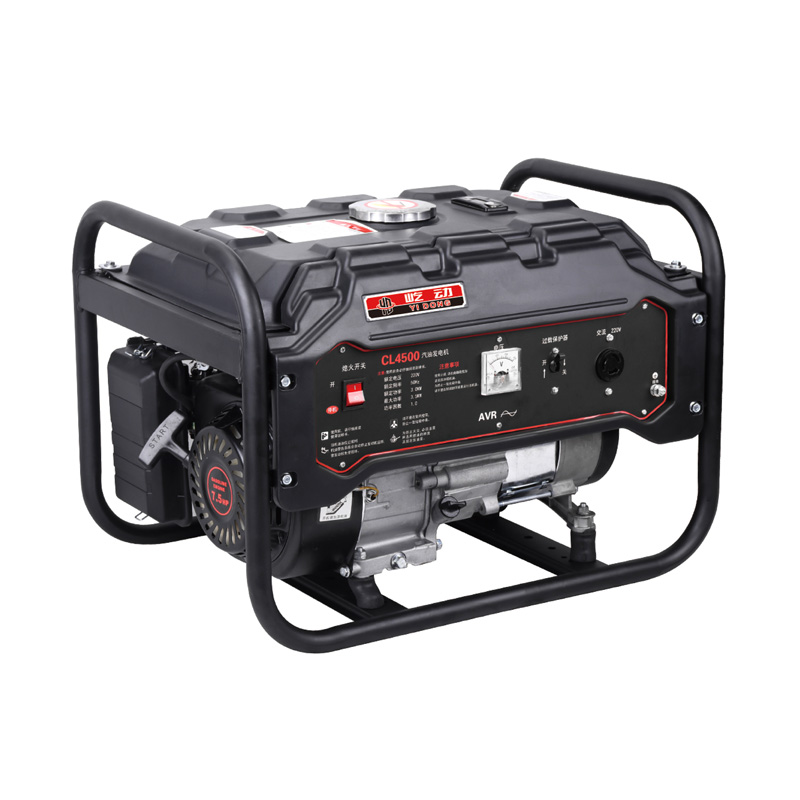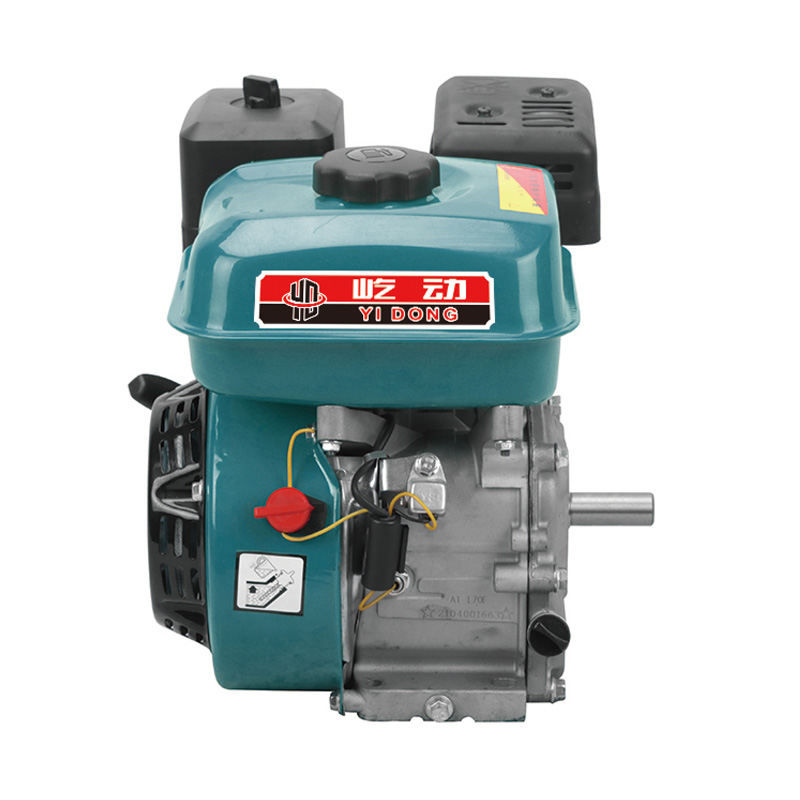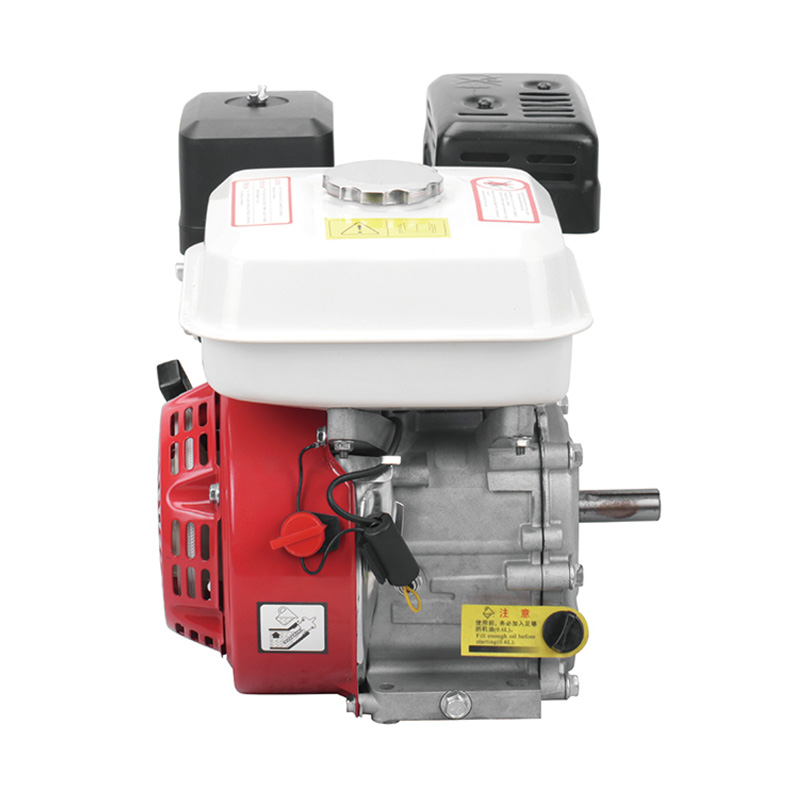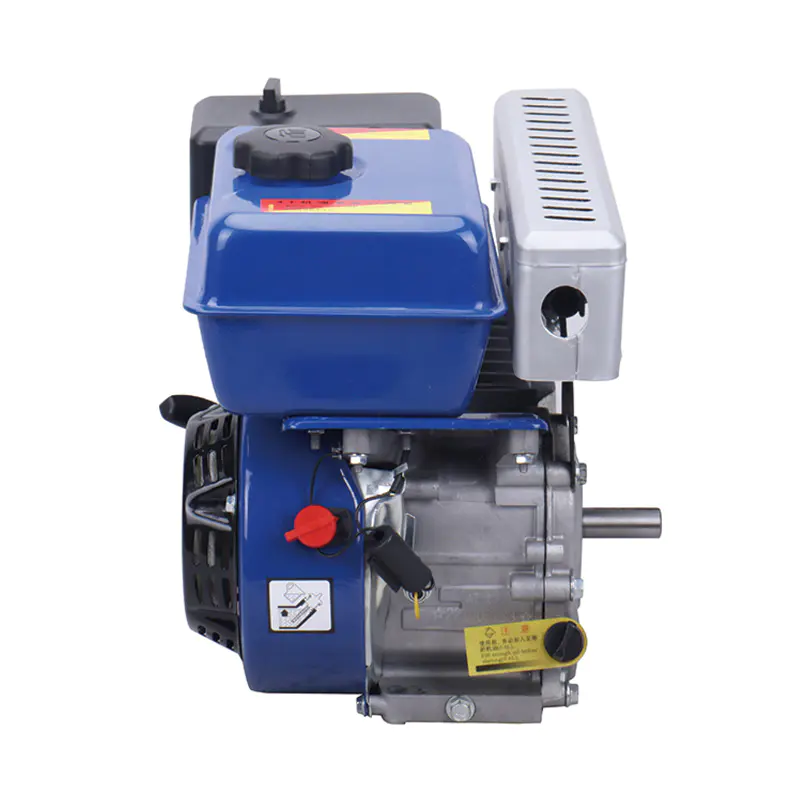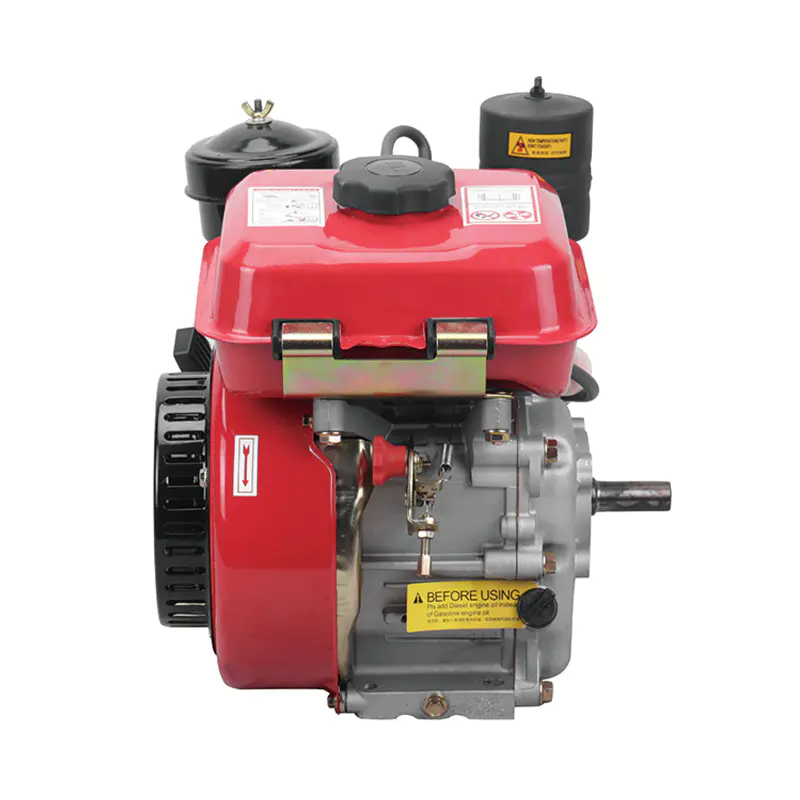Multistage centrifugal pumps are widely used in industrial, municipal, and agricultural applications due to their ability to handle high-pressure water delivery. But what makes them suitable for these tasks, and how do fluid properties influence their performance? Understanding these properties is essential for selecting and maintaining an efficient pump.
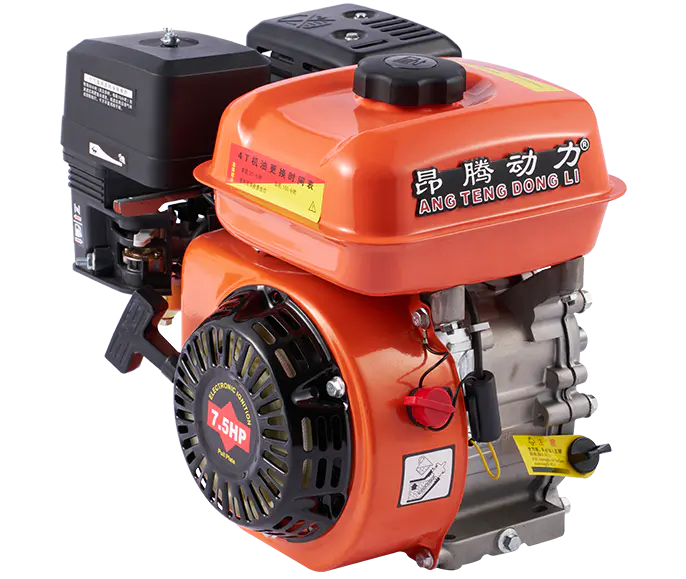
The primary fluid property affecting multistage pumps is viscosity. Low-viscosity fluids, such as water, flow easily through the pump, allowing it to maintain high efficiency. Higher-viscosity fluids require more energy to move, which may reduce efficiency and demand adjustments to pump operation.
Density also plays a key role. Heavier fluids exert more force on the impeller, affecting the pump’s head and power requirements. Multistage pumps are designed to maintain performance even when fluid density varies slightly, but changes can affect reliability.
Temperature is another important factor. High-temperature liquids can impact seal materials, impeller integrity, and overall pump longevity. Choosing proper materials ensures the pump operates safely within the intended temperature range.
Other considerations include corrosiveness and particulate content. Corrosive fluids may require stainless steel or coated impellers, while fluids containing particles may need wear-resistant components to prevent erosion.
By understanding viscosity, density, temperature, and chemical composition, operators can ensure multistage centrifugal pumps perform efficiently, with reduced maintenance and longer service life.
Variable Speed Electric Water Pump: Installation and Commissioning
Step 1: Select a Suitable Location
Choose a stable, level site for the pump. Ensure proper alignment with piping to prevent vibration and mechanical stress. Leave enough space around the pump for inspection, maintenance, and cooling.
Step 2: Check Electrical Connections
Variable speed pumps rely on a controller or inverter to adjust motor speed. Confirm correct voltage, grounding, and secure wiring to prevent malfunctions or hazards.
Step 3: Prime the Pump
Even if the pump can self-prime, filling it with water before operation helps prevent dry running. Remove air from the suction line to avoid damage.
Step 4: Start-Up and Calibration
Begin operation at low speed, gradually increasing to the desired range. Monitor pressure, flow, and current draw. Verify that the pump adjusts speed correctly based on pressure or flow requirements.
Step 5: Performance Checks
During initial operation, check for unusual vibration, noise, or temperature increases. Early detection of issues ensures safe and efficient long-term performance.
Following these steps allows variable speed electric water pumps to operate efficiently, delivering consistent performance while saving energy and extending lifespan.
Development of Portable Electric Water Pumps
Early Designs:
Initially, water pumps were large, stationary, and difficult to transport. They served industrial and agricultural needs but were not practical for temporary or residential applications.
Compact and Portable Pumps:
The demand for mobility led to lightweight, compact electric pumps. Features like integrated handles, easy-to-move frames, and plug-in power sources made them suitable for gardens, small irrigation systems, and temporary water transfer.
Technological Improvements:
Advances in electric motors and battery systems improved efficiency. Brushless motors provide consistent flow, while lithium-ion batteries extend operation time without frequent recharging. Variable speed options allow users to adjust flow rates to suit different tasks.
Safety and Durability Enhancements:
Manufacturers introduced waterproof housings, thermal protection, and corrosion-resistant materials to ensure reliability in various environments. Noise reduction technologies improved usability in residential areas.
Current Trends:
Portable electric water pumps now serve a wide range of applications, including household water transfer, flood control, and small-scale irrigation. Their evolution reflects a focus on mobility, convenience, and energy-efficient performance.



 English
English русский
русский Français
Français Español
Español عربى
عربى